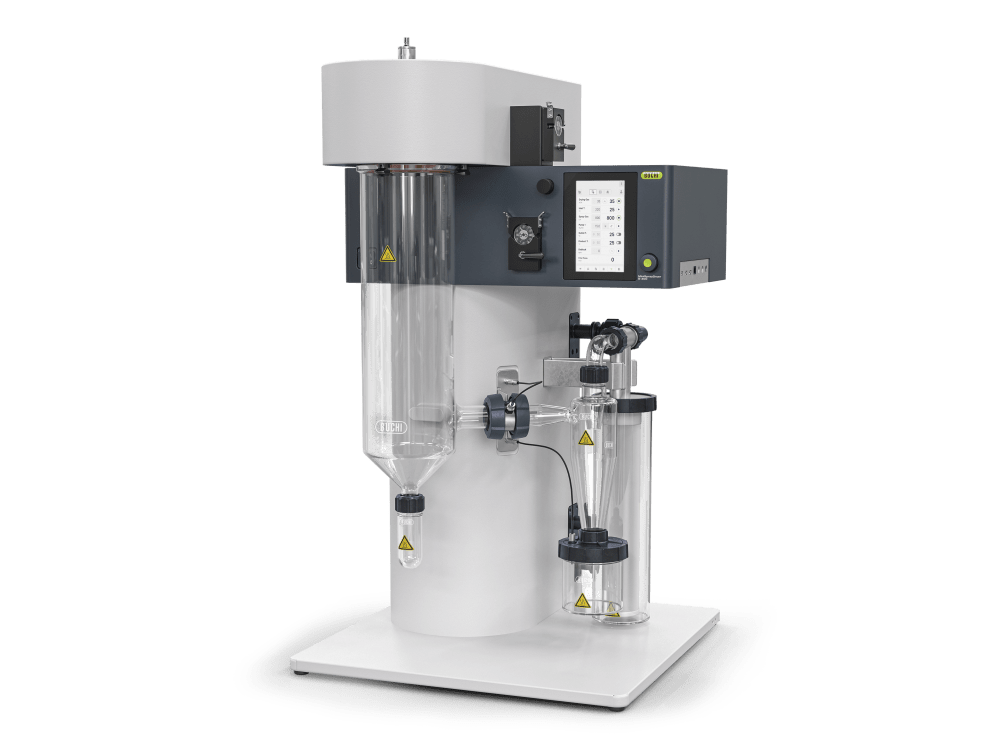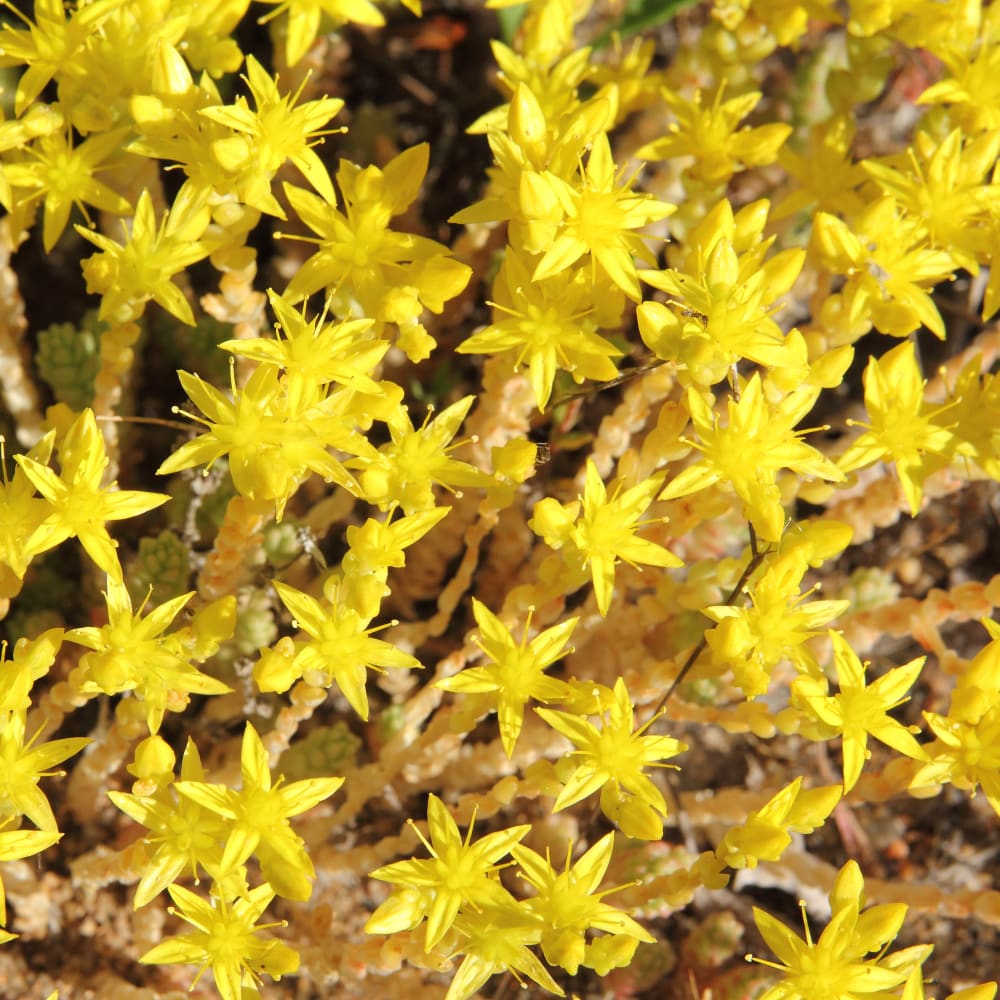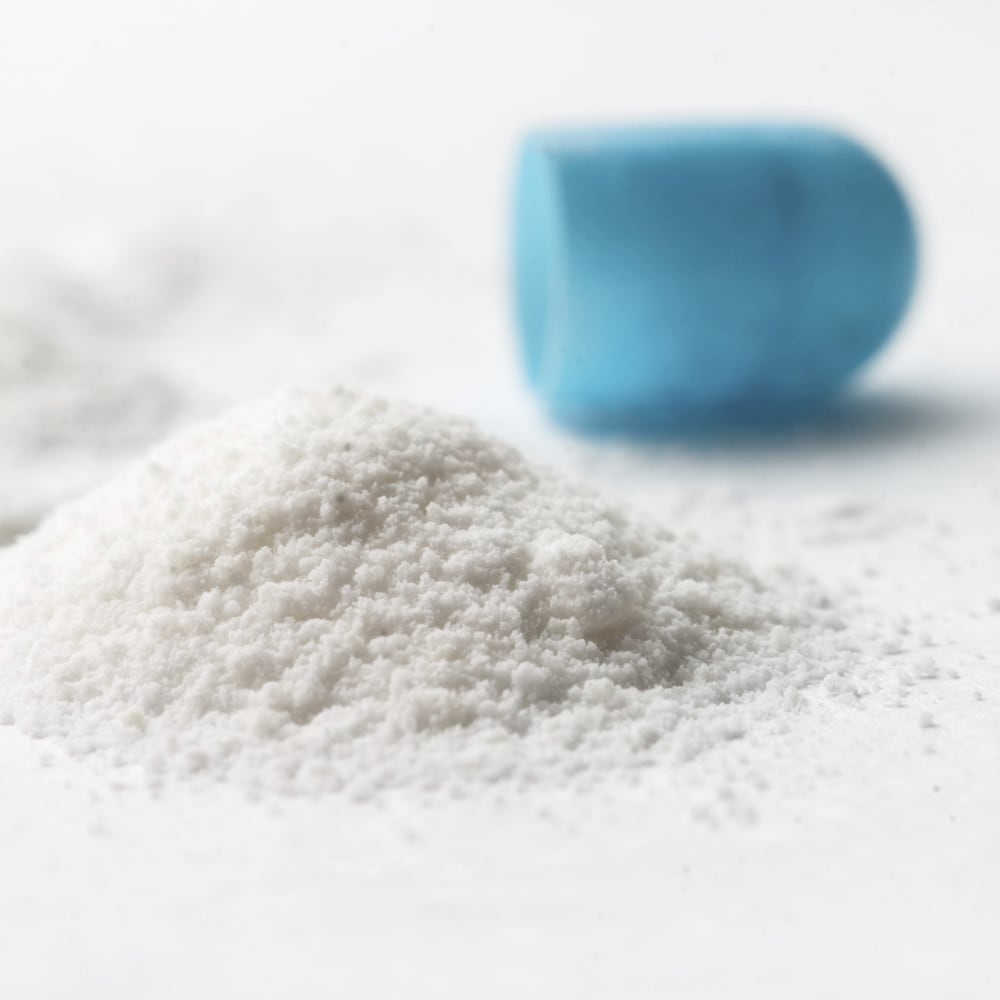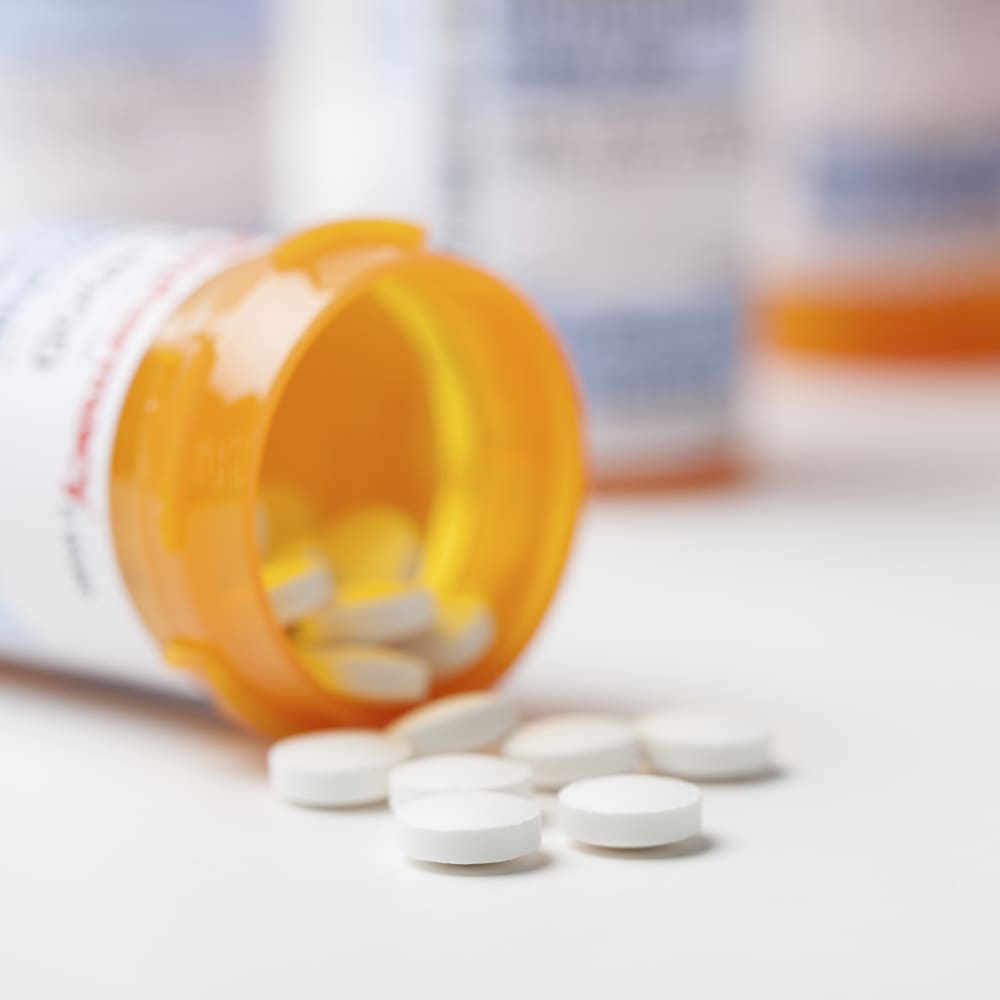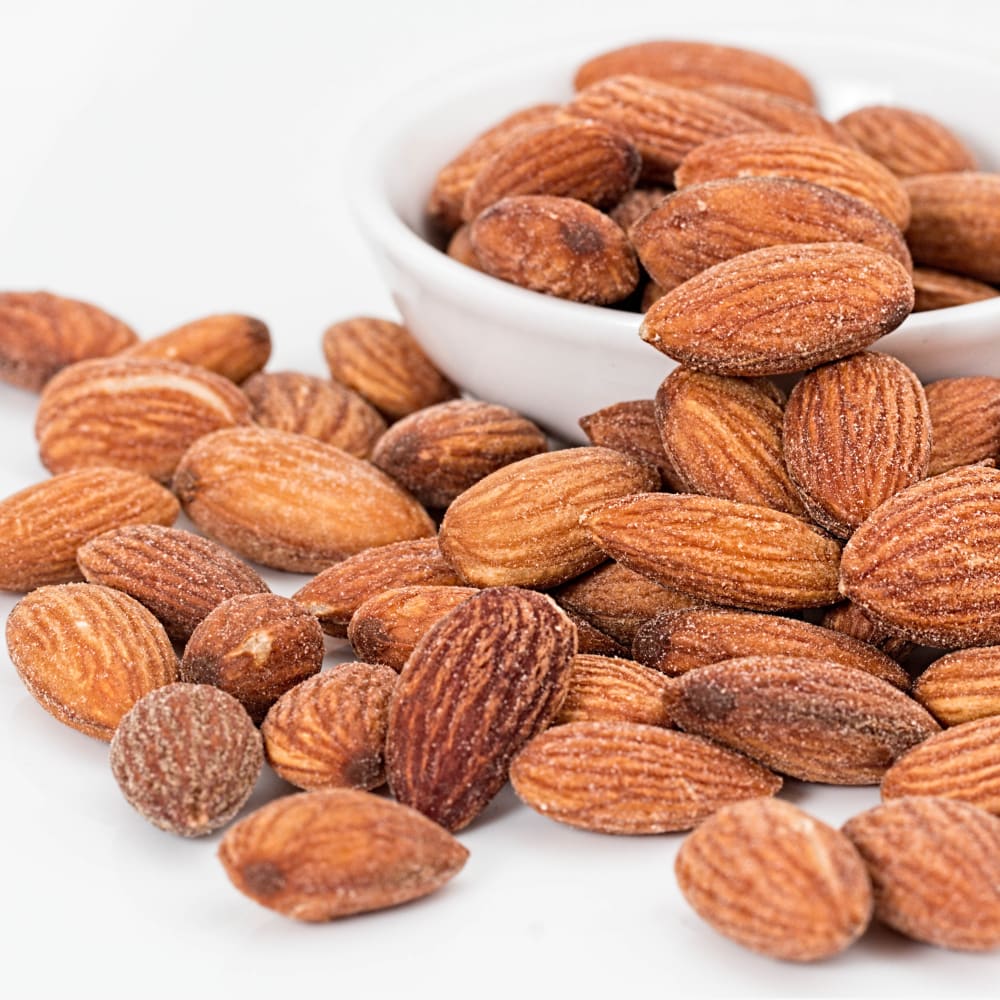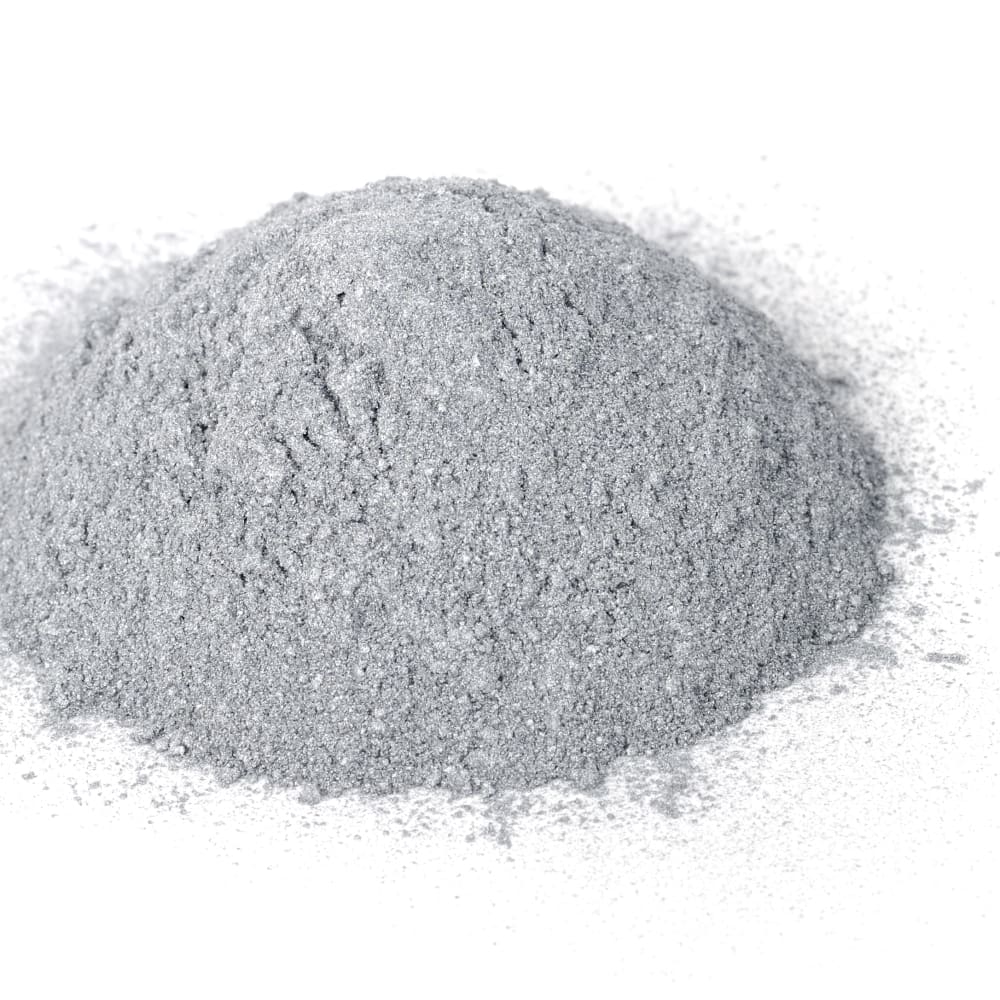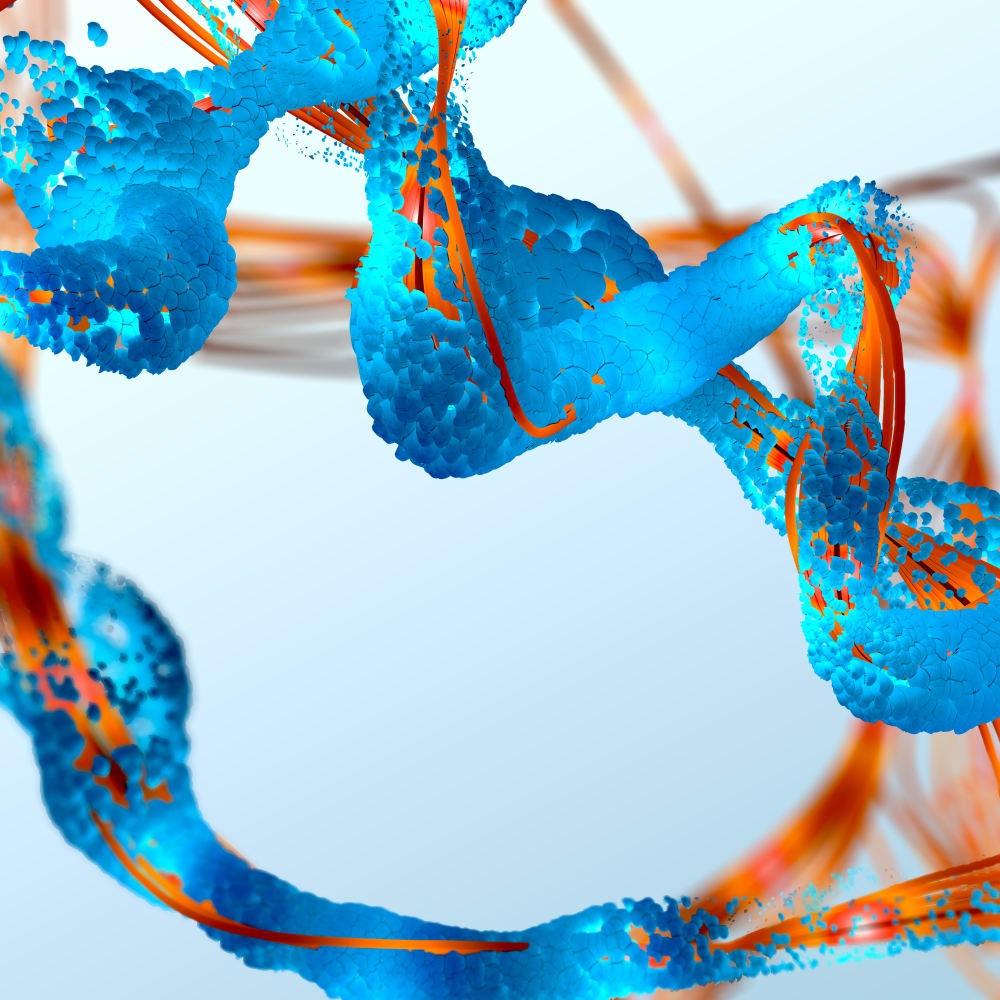Spray Drying of Polyacrylate
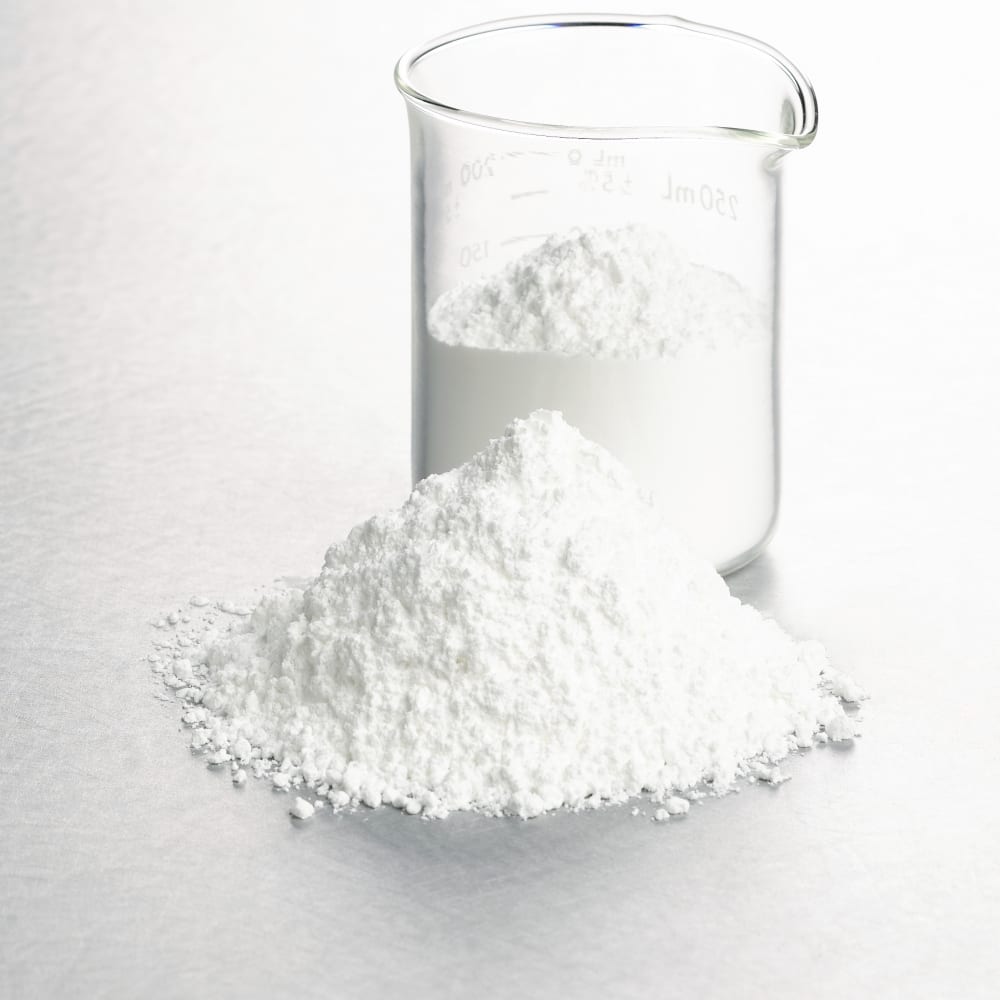
Polyacrylate is a polymer that has a wide range of applications in the industrial, agricultural, and biomedical fields. Spray drying has been utilized to produce polyacrylate particles with controlled size, shape, and properties.
The spray drying process involves atomizing a polyacrylate solution or suspension into a hot gas stream, which rapidly evaporates the solvent, leaving behind a dry powder or particles containing polyacrylate. The size and shape of the particles can be controlled by adjusting the spray drying conditions, such as the feed rate, drying temperature, and gas flow rate.
Polyacrylate particles produced by spray drying have been utilized in various industrial applications such as water treatment, coating, and adhesives. In the agricultural field, spray-dried polyacrylate particles have been used as soil conditioners to improve water retention and plant growth. In the biomedical field, spray-dried polyacrylate particles have been used for drug delivery and tissue engineering.
Overall, spray drying of polyacrylate particles is a versatile and efficient process that offers numerous benefits and has a wide range of potential applications. Its ability to produce particles with controlled size and properties makes it a valuable tool for the development of new and innovative materials.
Please see the application note No. 615 for starting parameters and some results.
